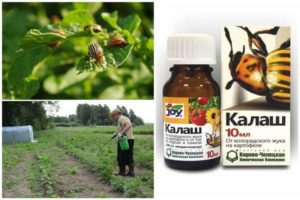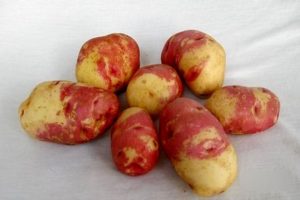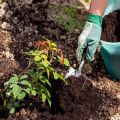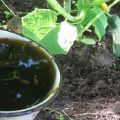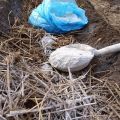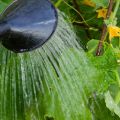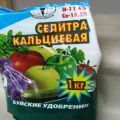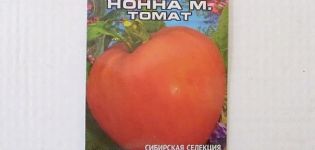How to use horse manure, cow manure and poultry manure as fertilizer?
Manure fertilization is often used during the cultivation of various crops in the garden and vegetable garden. It improves the healthy development of the plant, improves immunity and enriches the soil with essential trace elements. Horse manure is considered among the effective and useful types of manure.
Why is this plant food good?
Many gardeners prefer horse manure. It is of higher quality than cow, rabbit, goat manure.
This is explained by the following positive qualities:
- It contains many nutrients, especially nitrogen, potassium, phosphorus, calcium. All this complex of nutrients has a beneficial effect on the development and productivity of crops.
- This type of organic dressing is lighter, loose, dry, and decomposes quickly.
- Increases resistance to various infections, as well as other adverse factors.
- Horse feces heats up faster and cools slowly (they are able to retain heat in the soil for up to 2 months).
- Does not contribute to the development of pathogenic microflora.
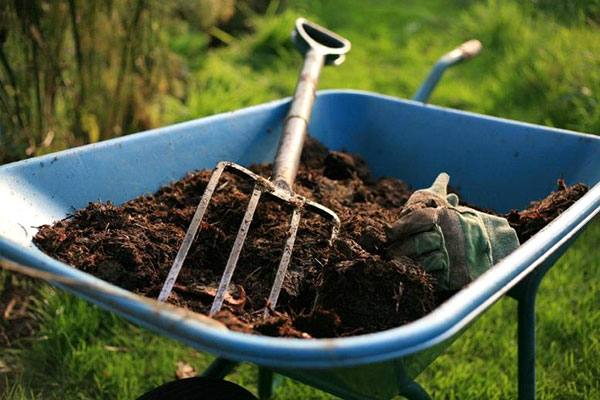
After the introduction of the organic component, the soil is saturated with carbon dioxide, the soil is loosened, and the missing microelements are replenished. At the same time, it does not change the acidity of the soil, does not interfere with the passage of air and maintains the water balance at the proper level.
Humus is a substrate that takes 3–4 years to decompose. It is the most useful and effective form of fertilizer. It has the highest concentration of nutrients that are easily absorbed by the soil. Horse humus contains fewer parasites and pests, the composition lingers longer in the soil. It looks like a homogeneous, crumbly brown mass. Another advantage is the lack of odor.
How to use it?
At home, on the basis of horse manure, you can prepare compost, as well as top dressing in the form of a liquid solution.
Horse dung recipes to help you cook properly liquid form of fertilizer:
- The composition will require fresh nettles, which are finely chopped and filled with water for three days. Horse feces are added to the resulting fermented mixture in a ratio of 1:10. All components are mixed and left to infuse for another two days. The resulting solution is used for root and foliar treatment of plants.
- To prepare the next fertilizer, you will need slurry, which is diluted with water 1: 6.
Chicken droppings are often infused.For 5 liters of water, you will need to take one bucket of horse manure. Insist for two weeks. Wood ash, tree leaves, or hay can be added to the solution to increase efficiency. Before watering, it is recommended to dilute the finished concentrate with water 1:10.
The following recipe is especially suitable for berries. You will need to take half a bucket of manure and chicken droppings. The components are poured with a bucket of water and left to infuse for two weeks. Before planting the plants, the soil is dug up, well watered and fertilized. The finished concentrate is diluted with water in a ratio of 1:20.
It is recommended to pour 1 liter of solution under each berry bush. From above, the soil is covered with straw so that the nitrogen does not evaporate and is absorbed as much as possible.
Fresh
Fresh horse manure should be used to feed the land, since in this state it gives off more heat and nutrients. But fresh manure is dangerous for the underground part of the plants due to the risk of burns. Therefore, it is necessary to apply fertilizer in this form during the autumn preparation of the land for the next year. If you add manure in the fall, then during the winter it will have time to decompose and, apart from benefit, will not bring anything else.
Distinguishing fresh manure from mature manure is easy in appearance. In a young composition, light-colored food products, such as straw, sawdust, are clearly distinguishable. Mature manure is dark in color and homogeneous.
When feeding, fresh manure can be combined with other components. From this, the benefits only increase. It can be combined with peat, straw, cut grass, fallen leaves.
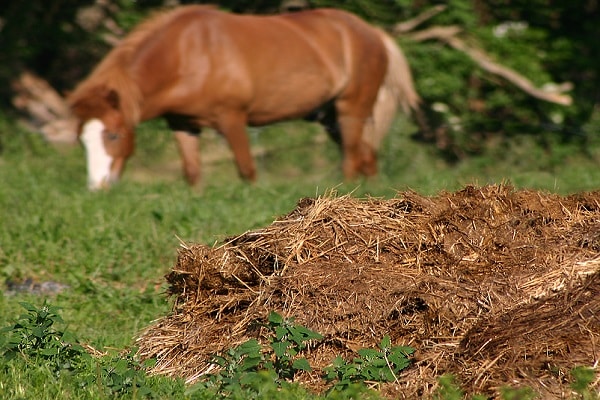
Semi-mature
Manure is considered semi-rotten if it has been stored in the correct conditions for about 6 months. In manure of this type, organic residues are almost invisible, the color of the fertilizer is dark brown. They are fed vegetables, berries and flowers. It is recommended to introduce semi-rotten feces into the soil in a semi-liquid form during digging. They can mulch the top layer of the earth.
Well rotted
This type of manure is a homogeneous mass, dark in color. It is much lighter than fresh. It is useful for fertilizing the soil and as a basis for planting seedlings. Ideal for many vegetables, fruit trees and garden flowers.
Humus
Well-rotted manure (which has been stored for at least 3 years) passes into the final stage of decomposition - humus. This state of organic matter is the most useful for all plant species. The composition looks like a crumbly consistency, a brown tint with small solid particles. If humus is stored for more than 5 years, it will lose all its valuable qualities.
It is better to add rotted manure to the soil during autumn processing, but it can be used as a basis for seedling substrate. A well-rotted substrate is diluted with ordinary soil 1: 2.
Fertilizer composition in granules
It is easy and simple to process the beds with horse manure, which is produced in granules. In this form, you can buy fertilizer in a specialized store.
The manure is turned into granules using a special technology. The crushed, homogeneous mass of feces is heated to 70-75 degrees. After that, it is mixed with chopped straw and dried. Then it is passed through an apparatus that forms granules and proceeds to final drying. 100 sq. m. usually take 15 kg of fertilizer.
As a result, processed granules contain only natural ingredients such as water, nitrogen, phosphorus, potassium, calcium and organic matter.
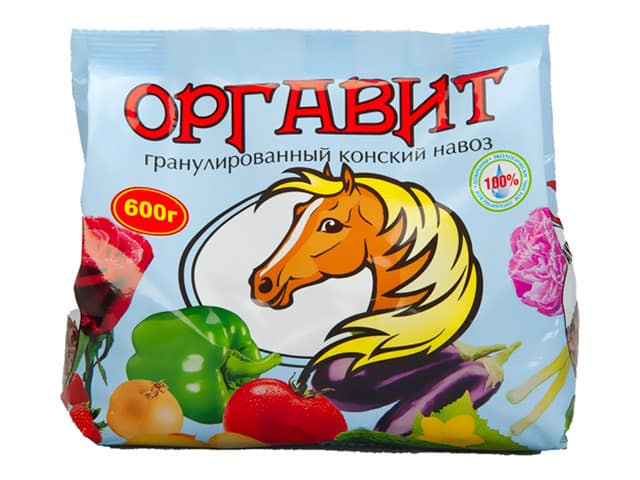
What do gardeners write in reviews about the finished granular fertilizer?
You can find many reviews about horse manure, how to fertilize and how to apply it. They are all mostly positive. Many people note that it does not have a pungent, unpleasant odor and is convenient to store.The disadvantage is the price that is higher than normal manure.
From the reviews: “Since the fertilizer is in dry form, it is enough for a large number of times. Dry granules need to be filled with water for a day. After that, mix and can be applied to the beds. I noticed that the growth of plants is significantly improved, they become large and powerful. The fruits are large, juicy and tasty. "
“I only take horse manure for my vegetables in the garden and flowers in the garden. Very convenient to use. In the evening I fill in the granules and in the morning the solution is ready. I noticed that I especially like the fertilization of strawberries, cucumbers and roses. On the beds where roses grow, the granules are laid out directly under the mulch layer. The flower hats are huge and fragrant. "
“It's better not to use fresh horse manure. He must reheat for at least two years. And even after that, it is better to dilute with water and let it wander for some time. Recently, I got used to using fertilizer in granular form. It is very easy to cook, bring in and there is no need to be afraid that the roots will be damaged. The package contains detailed instructions on how to breed the granules for a particular plant. "
How to use it correctly?
For all crops and any soil composition, the application rate is almost the same - per 1 sq. m. take no more than 6 kg of manure. There are certain rules on how and when to fertilize a planted plant. Tips will help you get the most out of the formulations without causing harm.
If horse feces are supposed to be brought in in the fall, then after collecting the entire crop, it is laid out fresh on the site. The layer thickness should be about 48 cm. The top should be covered with a layer of straw and covered with earth, with a layer of about 33 cm. The fertilizer application rate is 700 g per 100 sq. m.
For soil fertilization in spring, fresh manure can only be used for crops that have a long growing period, such as potatoes or cabbage. In other cases, a liquid formulation is used.
You can dissolve 2 kg of manure, 1 kg of sawdust in a bucket of water and leave to infuse for 2 weeks. Before applying to the beds, the resulting solution is diluted with water in a ratio of 1: 6.
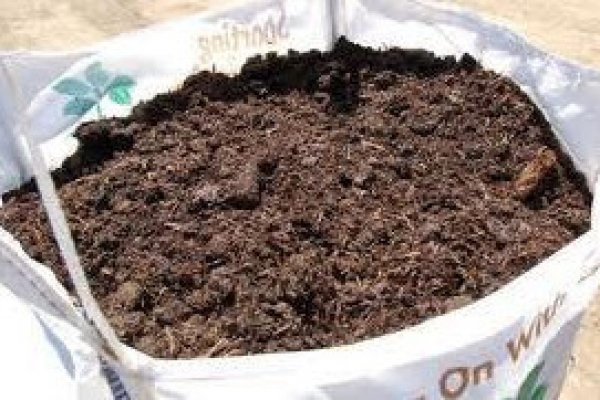
For potatoes
Herbal vegetables, including potatoes, respond well to horse manure. The fresh composition is applied in the fall to the site where it is supposed to plant potatoes in the spring. You can use a semi-rotten composition. Since the tubers develop slowly, it can be added in the spring. The consumption rate is 5 kg per 1 sq. meter. You can pour fertilizer directly into the hole where the tuber will be planted.
For berries
Horse manure is ideal for feeding berries. For this, manure is poured with water and left to infuse for a day. Then you need to dilute the finished solution with water in a ratio of 1:10.
The first feeding of berries should be carried out in the spring during the formation of ovaries on the bushes. The second time it is recommended to add the composition after harvest, so that the bushes are filled with nutrients. Shortly before frost, horse manure is spread between rows and left in this state until spring. During this time, fresh manure will have time to overheat, and it can be reused.
Dry horse manure can also be used when planting berries. They just fall asleep on the prepared site. With the help of compost, you can mulch not only berries, but also other garden plants between the rows. The thickness of the mulch should be 8 cm.
For roses
Roses are a favorite garden flowers that complement the landscape design on the site. During their growth in spring, they need a lot of nitrogen, which is rich in horse manure. The introduction of fresh manure is carried out in the fall at the same time as hilling. And in the spring the bush will receive all the necessary nutrients in full. Re-fertilizing is allowed during the active flowering period.
How to save?
In order for all the valuable components and properties to be preserved in the manure, you need to know how to store it correctly. There are two main ways to store horse manure.
It is better to use a cold storage method. In this case, the substrate will lose less nutrients and will not overheat. It is necessary to prepare a deep hole, at the bottom of which straw, peat, hay, sawdust about 25 cm thick are laid out. Then there is a layer of manure, peat is placed on top and covered with earth. Such layers can be alternated until the pit is filled. From above, all components are covered with foil.
There is another way - hot storage. The manure is stored loose in a heap. Due to air ingress, microflora is actively developing. In addition, after 5–6 months of such storage, most of the nutrients evaporate.
Fertilizer is often applied to the soil in the fall, when the entire crop is harvested. Autumn feeding is much more useful than spring feeding, since at this time all the nutrients have time to mix with the soil components.
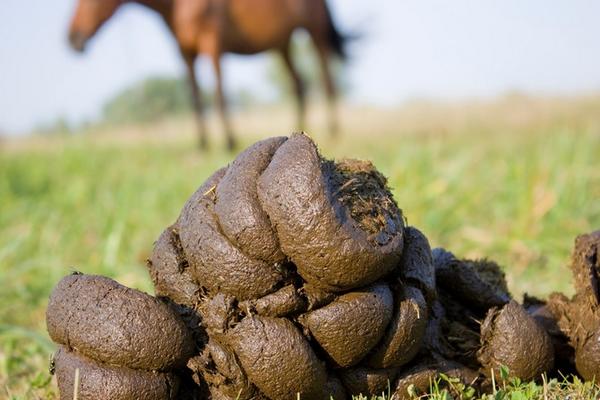
When can not be used?
Judging by the reviews of experienced gardeners, there are cases when horse manure is not recommended to be used:
- If a fungal plaque appears on the fertilizer, then the risk of reproduction of pathogens increases. In addition, it loses its warming properties.
- It is not recommended to use it even when the soil is dense on the site. The manure will decompose slowly and harmful substances may be released that harm the development of the roots.
- Cannot be applied to the soil later than two weeks before harvest. If you do not follow this rule, then a large number of nitrates will accumulate in the fruits.
- Only high-quality, proven manure or granular manure should be introduced into the hole for planting potato tubers, otherwise the risk of scab transmission increases.
- Do not apply fresh manure under the roots of plants.
When using horse feces, it is necessary to observe the consumption rates and the frequency of introducing the organic component into the soil. An overdose will not only not be beneficial, but can also harm the plant.
